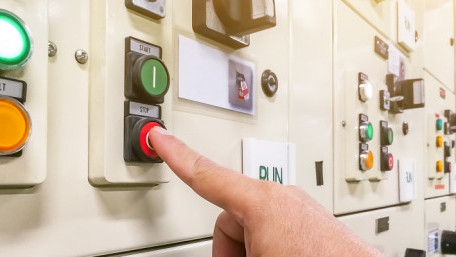
Driving motors is one of the most fundamental automation tasks, but understanding and selecting the proper motor soft starter for your application may require…
Driving motors is one of the most fundamental automation tasks, but understanding and selecting the proper motor soft starter for your application may require more investigation than you thought.
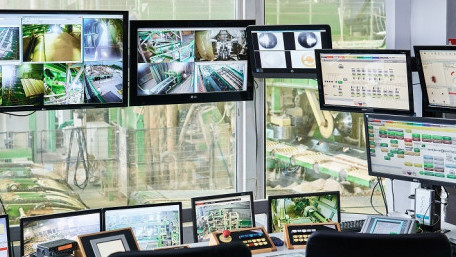
What are these terms, PLC, PAC, RTU, DCS, SCADA? Why are they so important to industrial robotics and automation? Explore…
What are these terms, PLC, PAC, RTU, DCS, SCADA? Why are they so important to industrial robotics and automation? Explore how each different piece functions to build a comprehensive automated system.
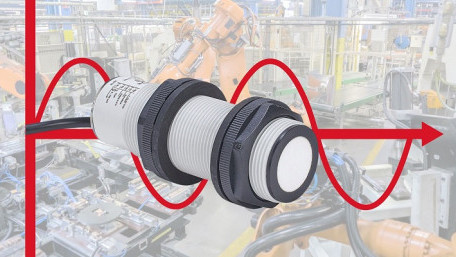
Many articles address the wiring and implementation of analog control signals, but where are they used, and what might…
Many articles address the wiring and implementation of analog control signals, but where are they used, and what might make them a better (or perhaps worse) decision than digital input/output devices?
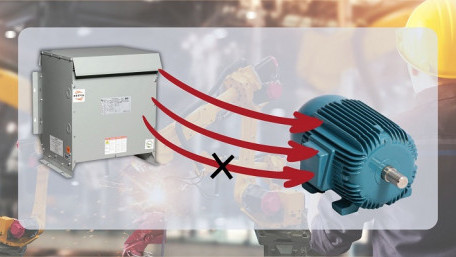
Using the right motor for the right task is critical - but what happens if the motor is connected to the wrong supply? It…
Using the right motor for the right task is critical - but what happens if the motor is connected to the wrong supply? It is never recommended, but important to quickly understand symptoms of incorrect wiring.
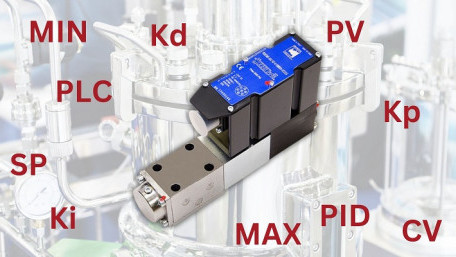
Implementing PID control in a PLC is far more complicated than textbooks would make it appear. There is more to the…
Implementing PID control in a PLC is far more complicated than textbooks would make it appear. There is more to the process than simply picking gain (k) values and calculating an output value.
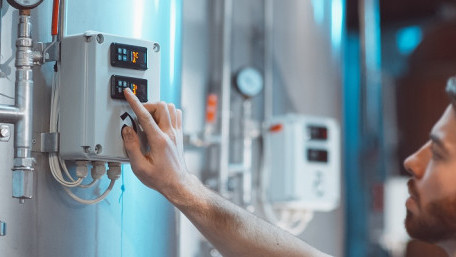
Process automation relies on precise control systems to operate production equipment for everything from lumber to…
Process automation relies on precise control systems to operate production equipment for everything from lumber to pastries. Using control algorithms produces stable, accurate, and often delicious results.
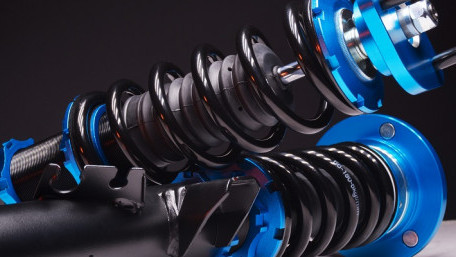
Transfer functions allow systems to be converted from non-algebraic time measurement units into equations that can be…
Transfer functions allow systems to be converted from non-algebraic time measurement units into equations that can be solved, but how do these functions work, and why do we use them?
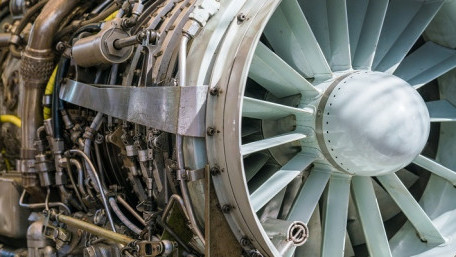
System dynamics is primarily concerned with understanding complex systems’ behaviors over time. Mathematical and…
System dynamics is primarily concerned with understanding complex systems’ behaviors over time. Mathematical and computer models can help identify responses before turning to costly real-world experiments.
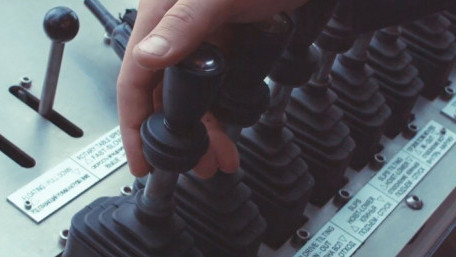
We usually think of joysticks in terms of video game controllers, but they exist in all kinds of industrial systems:…
We usually think of joysticks in terms of video game controllers, but they exist in all kinds of industrial systems: heavy equipment, overhead cranes, and even some robotic controls. But how do they work?
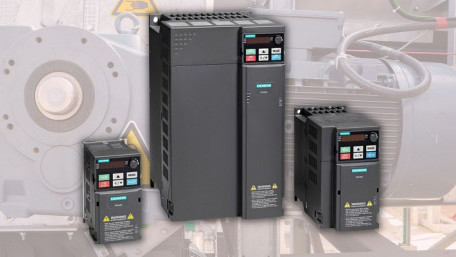
Many VFDs use digital inputs to control operation, rather than PLC-driven network communications. Learn about 2-wire and…
Many VFDs use digital inputs to control operation, rather than PLC-driven network communications. Learn about 2-wire and 3-wire digital input control schemes for ABB, Omron, Rockwell, and others.
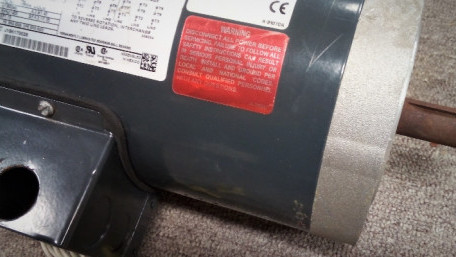
Large motors require a circuit to turn on and off. This may be as simple as a single on/off drum-type switch or as…
Large motors require a circuit to turn on and off. This may be as simple as a single on/off drum-type switch or as elaborate as a VFD unit. Learn about some common control circuit designs for typical three-phase motor requirements.
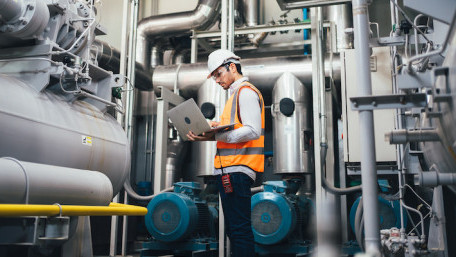
Many control product manufacturers offer these downloadable ‘EDS files’ for peripheral equipment, but what exactly is…
Many control product manufacturers offer these downloadable ‘EDS files’ for peripheral equipment, but what exactly is an EDS, and how can they aid in the development of a project?
We know that servo motors are found inside machines that rely on precise motion with feedback to verify proper operation,…
We know that servo motors are found inside machines that rely on precise motion with feedback to verify proper operation, but how do they work, and what makes them different from any other kind of motor?
Coil, field winding, rotor, stator, eddy current… When it comes to motors, there are numerous terms that describe the…
Coil, field winding, rotor, stator, eddy current… When it comes to motors, there are numerous terms that describe the theory of operation, but what is inside a 3-phase motor? Take a look, and learn how they work.
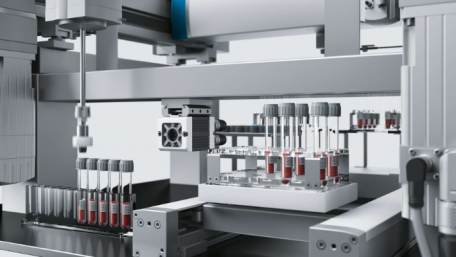
Total laboratory automation (TLA) helps in workforce utilization, reduced costs, and management of routine testing. Learn…
Total laboratory automation (TLA) helps in workforce utilization, reduced costs, and management of routine testing. Learn about what TLA is, its components, and what to consider before replacing a traditional laboratory.
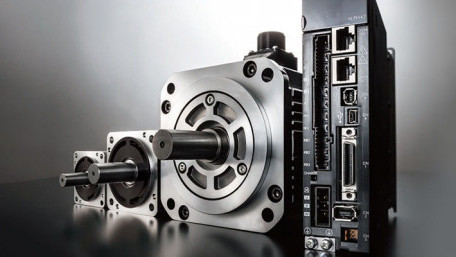
Safety is one of the most critical aspects of machine design. Today, with network connections between different machines…
Safety is one of the most critical aspects of machine design. Today, with network connections between different machines and control centers, safety signals must be shared logically and reliably across networks.
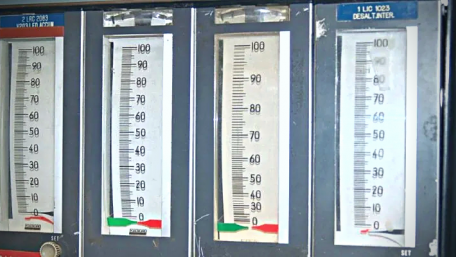
Learn about proportional gain and proportional band, two key proportional control concepts, to better understand the most…
Learn about proportional gain and proportional band, two key proportional control concepts, to better understand the most popular control system method in industrial automation.
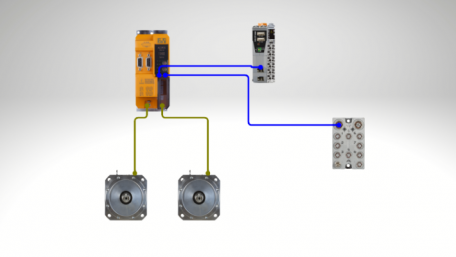
Explore the design of a servo pick and place sample case using B&R Automation Studio, from the project creation to the…
Explore the design of a servo pick and place sample case using B&R Automation Studio, from the project creation to the configuration of the controller, drives, and motion axes.
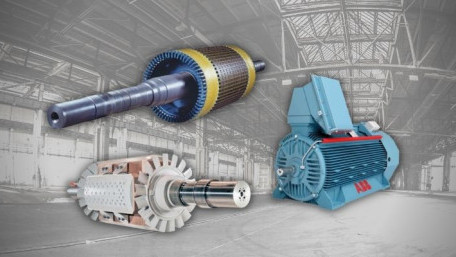
In this article, we will take a look at the differences between synchronous and induction motors, as well as the two…
In this article, we will take a look at the differences between synchronous and induction motors, as well as the two types of induction motors: squirrel cage and wound rotor.
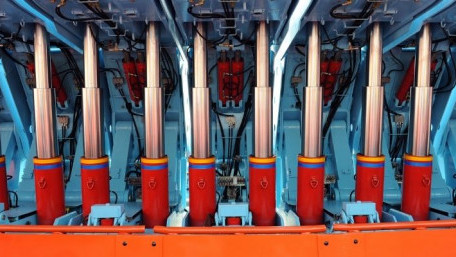
What if you could control the end position and the speed of a hydraulic actuator accurately with just a simple signal?…
What if you could control the end position and the speed of a hydraulic actuator accurately with just a simple signal? Some systems use simple open/close valves, but others require far more precision.
